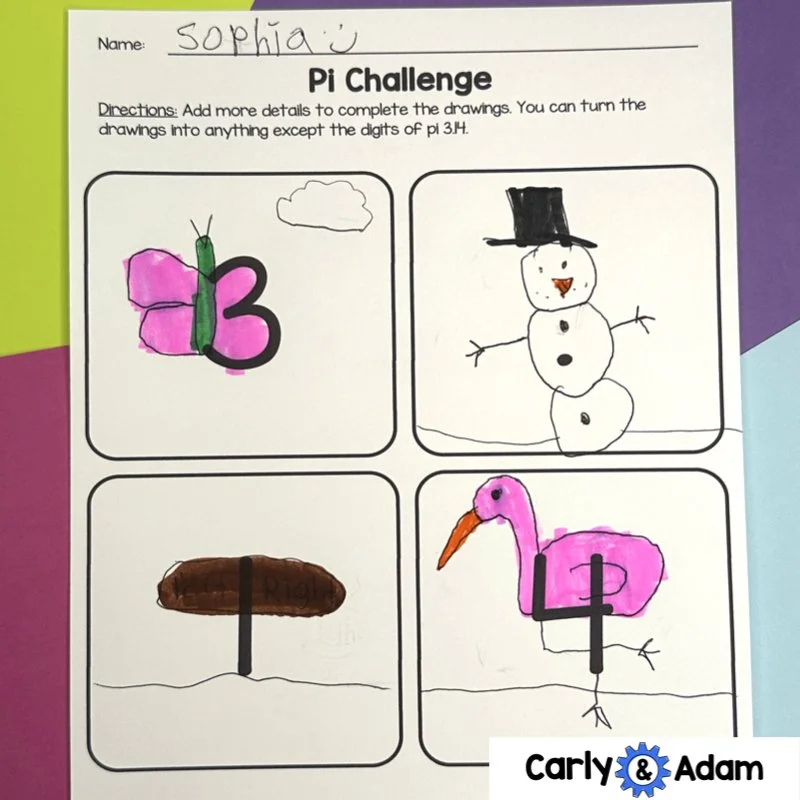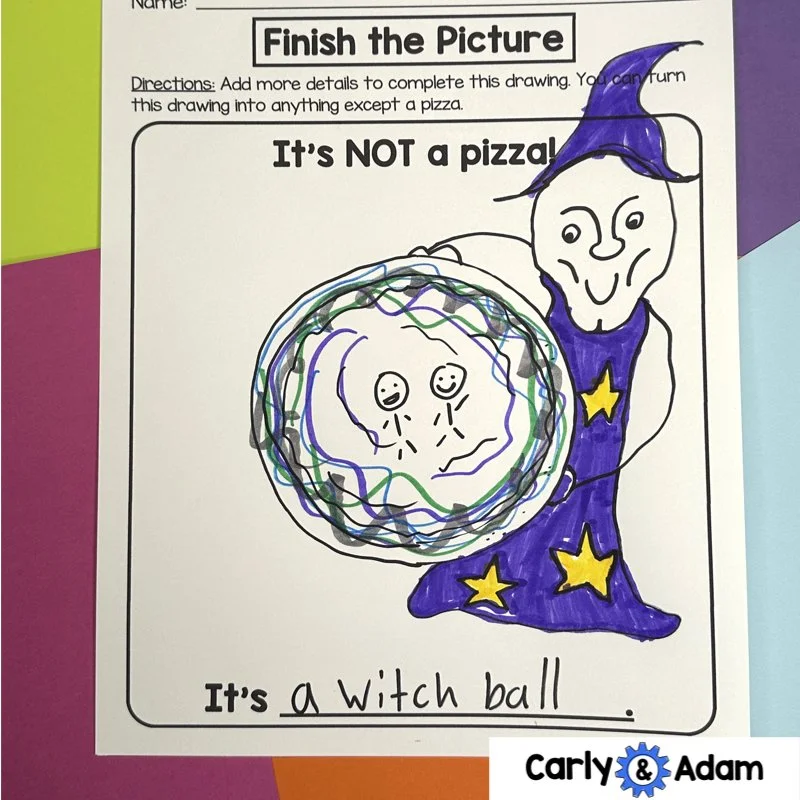Pi Day Activities and STEM Challenges
Pi (π) is more than just a number; it's a gateway to the fascinating world of mathematics that surrounds us. Although Pi is often considered a topic for middle school and beyond, introducing it to young learners in a way that is developmentally appropriate can offer benefits, laying the foundation for a deeper understanding and appreciation of mathematical concepts as they grow.
Helping students understand the concept of Pi through the use of creativity challenges not only enriches their mathematical knowledge but also fosters critical thinking, encourages collaborative learning, and makes the learning experience more engaging and enjoyable.
What is Pi?
The mathematical constant Pi (π) is a fascinating and essential concept in the world of mathematics, representing the ratio of a circle's circumference to its diameter. This intriguing number, approximately equal to 3.14159, is known for its endless, non-repeating decimal representation, capturing the imagination of mathematicians, students, and educators alike.
Why Use Creativity Challenges to Teach About Pi?
Using creativity challenges to teach Pi engages students by making learning enjoyable and memorable, fostering a deeper understanding and appreciation for mathematics. These challenges encourage critical thinking, cater to diverse learning styles, and promote collaboration, effectively connecting mathematical concepts like Pi to real-world applications.
This approach not only enhances students' mathematical skills but also ignites curiosity and fosters a lifelong love of learning, demonstrating the relevance and beauty of mathematics in everyday life.
Teaching Pi in Elementary School
In the early years, the focus should be on introducing young learners to the basic concepts of circles and the idea of Pi in a tangible and engaging way. At this stage, children are naturally curious and learn best through hands-on experiences. Through these activities, elementary students will gain a rudimentary understanding of circles, laying the groundwork for more complex concepts in the future.
Teaching Pi in Middle School
As students progress to middle school, they're ready to tackle more sophisticated mathematical ideas, including a deeper exploration of Pi. This is an opportune time to reinforce the relationship between the circumference and diameter of circles and to introduce Pi as a constant.
The key to effectively teaching Pi is to build upon students' knowledge gradually, connecting new information with what they already know. Here are some strategies to consider:
Progressive Complexity: Start with simple, tangible concepts and progressively introduce more complex ideas as students advance in their mathematical understanding.
Cross-Disciplinary Learning: Integrate lessons about Pi with other subjects such as art, history, and science to highlight its multifaceted relevance.
Encourage Inquiry: Foster a classroom environment where students feel comfortable asking questions, exploring different methods, and making discoveries about Pi and its applications.
Teaching about Pi offers a unique opportunity to inspire a sense of wonder and curiosity in students about the world of mathematics. By adapting teaching strategies to suit various age groups and encouraging hands-on, creative exploration, educators can help students build a solid understanding of Pi and its significance in mathematics and beyond. As students journey from elementary to middle school, their growing knowledge of Pi can become a testament to the joy and intrigue that mathematics can offer.
Have more questions or need additional resources?
You can get all 500+ STEM Challenges by Carly and Adam as part of the STEM Teachers Club Membership. Save $5 on your first month using coupon Code: CarlyAndAdamBlog.
We hope you have found this blog post helpful. To stay connected with Carly and Adam's teaching tips and classroom freebies be sure to follow us on Facebook, Pinterest, Teachers Pay Teachers, and subscribe to our blog!



